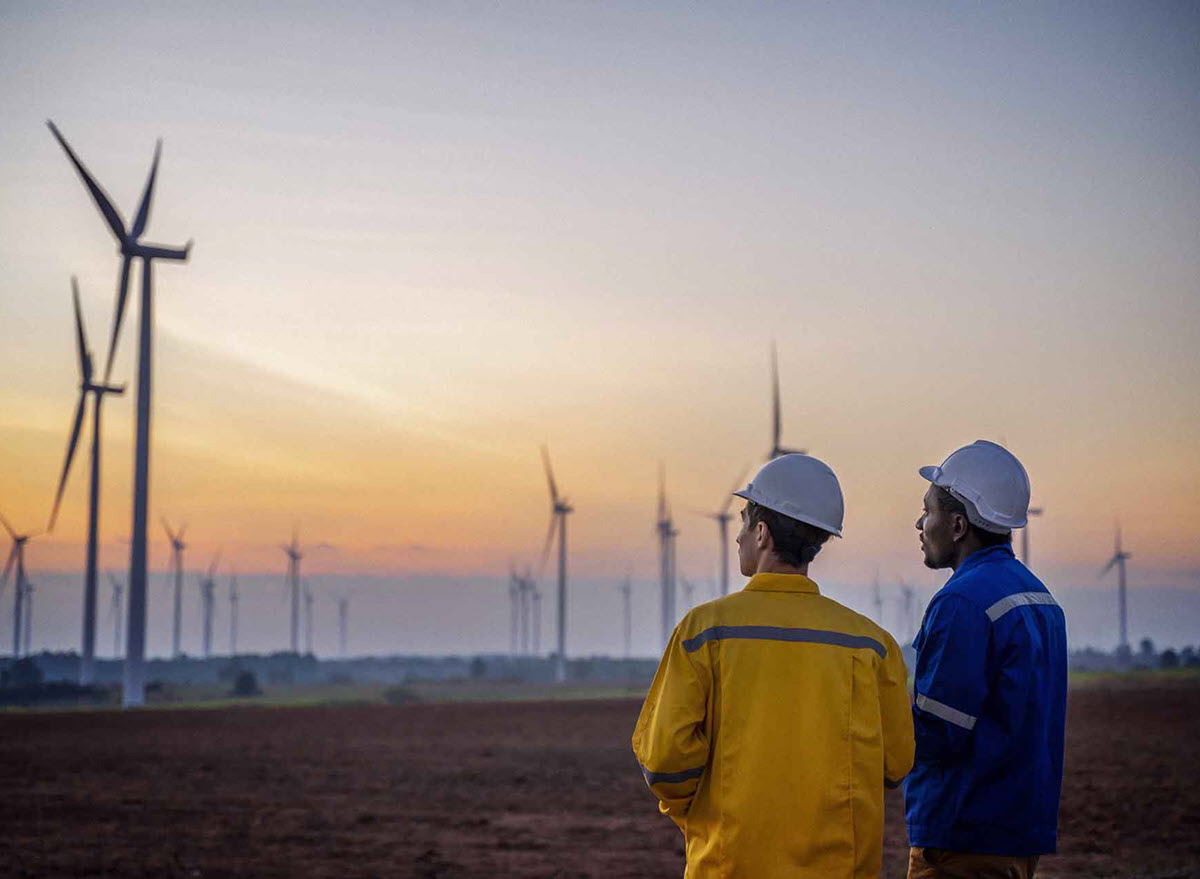Ivan Polizzi, Ciena’s Regional Managing Director of Australia, New Zealand, and the Pacific, details the challenges Australasian service providers face protecting critical infrastructure and how Ciena’s innovative technology can help.
Australia and New Zealand are known as much for their robust economies as they are for their breathtaking landscapes and vibrant cultures. Foundational to these strong economies is critical infrastructure: the physical and digital systems and assets vital to national security, economic stability, public health, and safety.
However, both Australia and New Zealand have challenging geographies and are susceptible to natural disasters—such as bushfires, floods, and earthquakes—which complicate matters and physically threaten data connectivity. At the same time, cyber threats have also emerged as a significant risk, as illustrated by global events in recent years, which saw the personal data of millions of people stolen. These challenges reinforce the need for networks built with resilient infrastructure, sound contingency planning, and robust security.
Managing the digital networks that keep critical infrastructure operational is a complex task. Beyond expanding network capacity, our focus must range from reliable data transmission, dependable routing and switching, and split-second error detection to consistent signal strength and functioning physical hardware. Slicing through all these layers, we must also be vigilant about security and constantly monitor network health and integrity.
At a network level, enterprises adopting new technologies—such as cloud, software-as-a-service, and work-from-anywhere policies—struggle with ensuring application performance and security as legacy architectures no longer meet performance or security demands.
In Australia, renewable energy infrastructure leader Lumea, which is part of Transgrid Group, plays a key role in the delivery of critical network services for their customer base:
“Lumea’s unique network diversity allows us to provide an alternate connectivity path swiftly during outages, which is critical in maintaining business productivity and customer experience. By integrating a mix of innovative technologies and essential infrastructure services, our network provides resilient connectivity and enhances safety during disasters. We are committed to delivering smarter, more secure, and reliable solutions that benefit all Australians, with a particular focus on supporting regional and rural communities", says Susan Huggett, General Manager of Telecommunications, Lumea.
As we move into the quantum era, new data security challenges are also emerging for Australasian service providers. These challenges reinforce the need for modern networks to be built to provide more than simplified IT infrastructure, reduced costs, streamlined operations, and user flexibility. Governments in Australia and New Zealand have taken action to help mitigate cyber security risks, with the Cyber Security Strategy 2020 and Security of Critical Infrastructure Act 2018 in Australia and Cyber Security Strategy 2019 in New Zealand.
At Ciena, we’re investing in technology advancements and using a comprehensive strategy built upon proven encryption technology – including OTNsec and MACsec capabilities to ensure all critical in-flight data on your network remains confidential. Our secure solutions include Waveserver 5, which delivered the industry’s first 800G encrypted data rate using an innovative optical encryption approach that allows customers to deploy a FIPS 140-3 Level 2-compliant solution and provides quantum resistance straight out of the box.
Such solutions, and more, are vital in networks for essential services delivered by telecommunication service providers as well as those in the utility and transportation sectors – where any threat to the operability of critical infrastructure can have far-reaching ramifications for public health and safety, as well as personal data security and loss of trust.
As we’ve seen, protecting critical infrastructure is a complex task that requires a multifaceted approach. It involves safeguarding physical assets and strengthening digital systems against cyber threats. It requires cross-sector collaboration, robust contingency planning, and a strong focus on resilience. Australia and New Zealand have made significant strides in this area, but the evolving nature of threats means this is an ongoing task.






